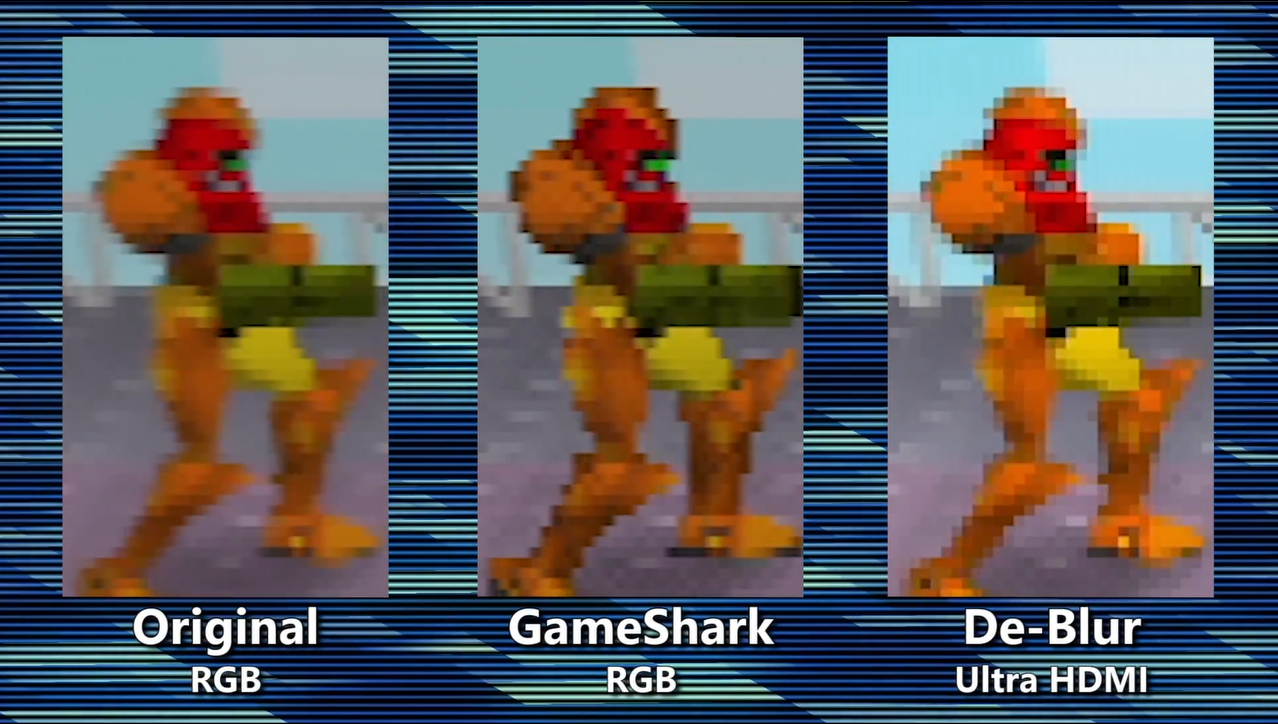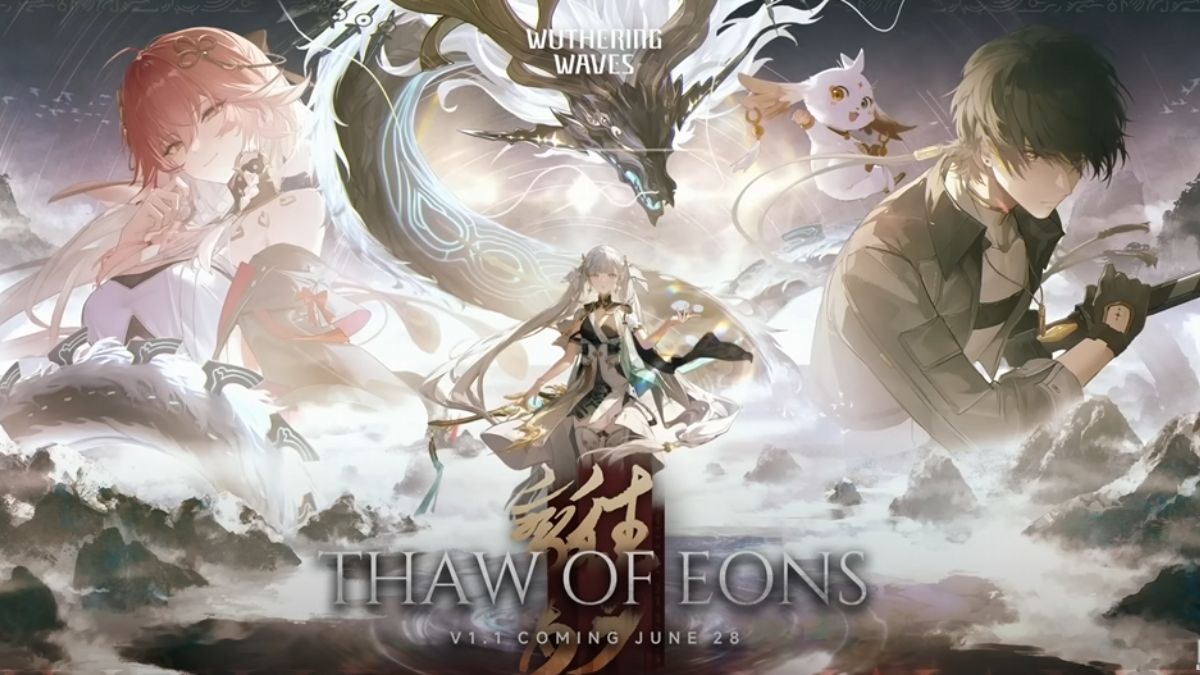Annoyed with the blurriness you get when playing Nintendo 64 games? The guys over at My Life In Gaming have talked about a solution of sorts.
Games nowadays generally have decent image quality. This is thanks to a technique called antialiasing. Antialiasing is used to diminish jagged lines or “jaggies” that are prevalent in older titles — such as those on Nintendo 64, whose graphics typically show up as what MLIG’s Coury describes as a “generous smear”:
“Scan line separation on a high quality CRT may help smooth over the flaws, but if you’re playing your N64 on an HDTV, it’s actually pretty tough to get some decent results. Even with RGB mods and high quality video scans.”
While an Ultra HDMI cable does a good job of approximating a clean, pixelated look, the crew over at AssemblerGames.com, has discovered that sometimes all it takes is a GameShark to remove antialiasing on 3D graphics.
The GameShark can be used to change certain values that are written to the VI, or the Video Interface register, in turn disabling certain graphical functions, such as antialiasing.
Antialiasing and other video filters are applied to 3D graphics in N64 games, giving it the look of a smear. GameShark codes remove some of these filters. The Ultra HDMI cable is incapable of doing this. The HDMI cable can, however, reverse secondary blur through a process known as deconvolution, shown below.
Here’s a comparison of what the Ultra HDMI does compared to a GameShark:

The GameShark deals primarily with antialiasing, while the Ultra HDMI does a good job of removing secondary blur from 3D graphics.
In the end, it boils down to personal preference: how do you like your 3D graphics on N64? As they’re originally presented, or cleaned up a bit? And if you do want the graphics cleaned up, how do you want them cleaned up? Blurriness removed? Jaggies gone? The choice is yours.







Published: May 11, 2016 04:51 pm